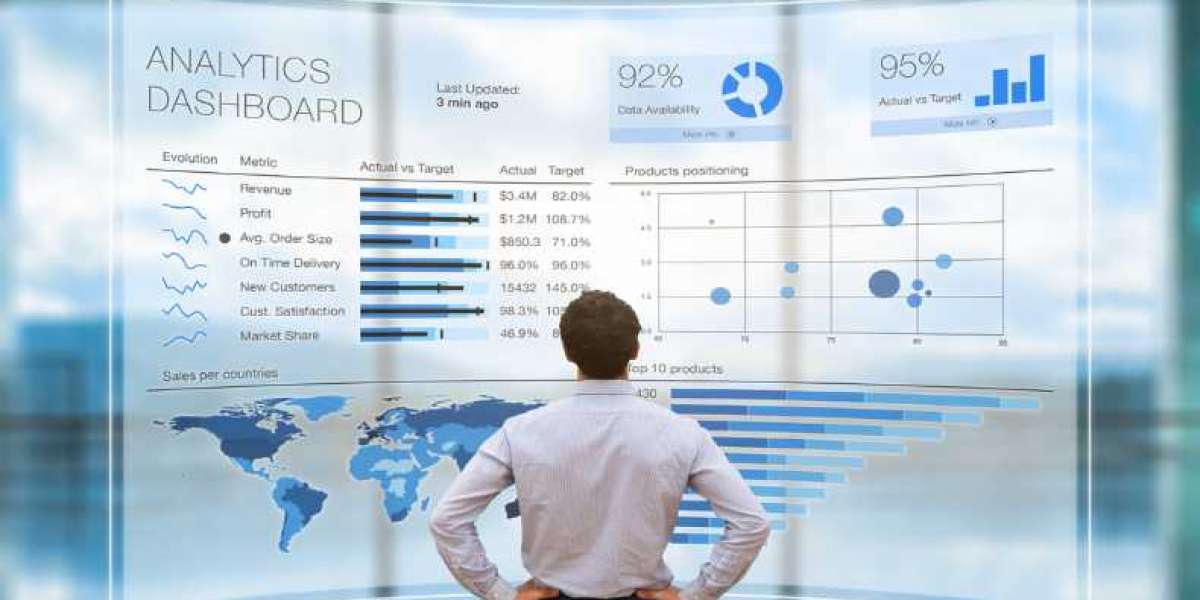In the realm of modern technology, LED display have emerged as ubiquitous features in our daily lives, shaping our interactions and experiences in myriad ways. From the vibrant billboards illuminating city skylines to the crisp screens of our smartphones, LED displays have revolutionized visual communication and entertainment. Their evolution from humble beginnings to cutting-edge applications reflects a journey marked by innovation, efficiency, and transformative possibilities.
The origins of LED (Light Emitting Diode) technology can be traced back to the early 20th century, with initial developments in electroluminescence and semiconductor physics. However, it wasn't until the 1960s that practical applications of LEDs began to emerge, primarily in indicator lights and displays. These early LEDs were characterized by their limited color range, low brightness, and relatively high cost, relegating them to niche uses in electronic devices and instrumentation.
The turning point for LED displays came with advancements in semiconductor manufacturing techniques and material science during the 1990s. This led to the development of high-brightness LEDs capable of emitting a wide spectrum of colors, paving the way for their adoption in larger-scale applications. One of the first notable examples was the utilization of LED displays in outdoor advertising and signage, offering superior visibility, energy efficiency, and longevity compared to traditional incandescent or fluorescent lighting.
As LED technology continued to evolve, so too did its applications across various industries. The transition from discrete LEDs to integrated arrays enabled the creation of seamless and customizable displays capable of producing stunning visuals with unmatched clarity and brightness. This versatility fueled the proliferation of LED screens in arenas, concert venues, and theaters, where they enhanced the spectator experience and enabled dynamic, immersive presentations.
Furthermore, the compact size and low power consumption of LEDs facilitated their integration into consumer electronics, revolutionizing the design and functionality of devices such as televisions, monitors, and smartphones. The advent of LED-backlit LCD (Liquid Crystal Display) panels marked a significant milestone in display technology, delivering enhanced contrast, color accuracy, and energy efficiency compared to traditional CCFL (Cold Cathode Fluorescent Lamp) backlighting.
The widespread adoption of LED displays has also had a profound impact on the field of digital signage and information dissemination. Whether it's advertising promotions in retail environments, conveying real-time information in transportation hubs, or enhancing wayfinding in public spaces, LED displays offer unparalleled flexibility and visibility. Their ability to deliver dynamic content remotely via networked systems has transformed static signage into dynamic, interactive platforms capable of engaging audiences and conveying information in real-time.
Moreover, the integration of LED displays with advanced technologies such as touch interaction, augmented reality, and facial recognition has unlocked new possibilities for experiential marketing and immersive storytelling. Brands and advertisers are leveraging these capabilities to create personalized, interactive experiences that resonate with consumers on a deeper level, blurring the lines between physical and digital environments.
Beyond commercial applications, LED displays are also driving innovation in fields such as education, healthcare, and architecture. In classrooms and lecture halls, interactive LED whiteboards empower educators to engage students through multimedia presentations and collaborative learning experiences. In healthcare settings, LED-based diagnostic displays enable clinicians to visualize medical imaging with exceptional clarity and precision, aiding in accurate diagnoses and treatment planning.
In architecture and urban design, LED lighting and displays serve as integral components of dynamic façades, public art installations, and smart city initiatives. They contribute to the aesthetic enhancement of built environments while offering practical benefits such as energy savings, environmental sustainability, and enhanced safety and security through programmable lighting and real-time data visualization.
Looking ahead, the future of LED displays holds even greater promise as researchers and engineers push the boundaries of innovation. Advancements in materials science, nanotechnology, and quantum optics are poised to unlock new frontiers in display technology, enabling the development of ultra-thin, flexible, and transparent LED screens with unprecedented performance and functionality.
Furthermore, the integration of LED displays with emerging technologies such as 5G connectivity, artificial intelligence, and the Internet of Things (IoT) will create synergies that redefine the way we interact with digital content and the physical world. From smart wearable devices with embedded LED screens to immersive augmented reality experiences overlaid onto our surroundings, the possibilities are limited only by our imagination.
In conclusion, LED displays have evolved from humble beginnings to become indispensable components of our digital landscape, shaping how we communicate, entertain, learn, and navigate the world around us. Their transformative impact spans across industries and domains, driving innovation, enhancing experiences, and empowering individuals and organizations to realize their creative visions. As we continue to harness the power of LED technology, the future holds boundless opportunities for even greater integration, personalization, and immersion in the digital age.







